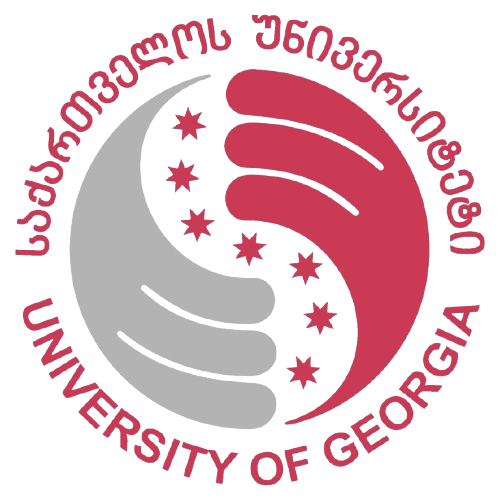On the Descent of Grigol Bakurianisdze (the Son of Bakur)
DOI:
https://doi.org/10.62343/cjss.2009.21Keywords:
Iberia, Georgia, Fevdat, Fers, Giorgi I, Caesar Basil, family lineages, Byzantine-Georgian relations, noble familiesAbstract
All the researchers, who have ever questioned Grogol Bakurianis-dze’s ethnicity – whether they consider it Georgian or Armenian – have unanimously agreed upon his origin from the province of Tao. Nobody has called into question that standpoint, which was first suggested by N. Marr. In fact, one cannot find any indications on his origin from Tao in the available sources. Having compared the sources with each other, we have come to the conclusion that Grigol belonged to the main branch of the reknowned Georgian royal family of Parnavaziani-Khosroviani (Sasanidz). When the kingship of Kartli had been abolished by percians in the middle of VI century, the family settled down in Kakheti. After one of its members, Nerse I, superseded Guaram the Young , the son of Stepanoz II of the Gorgasliani’s Klarjeti branch, on the throne of Kartli’s erismtavaris in the 570s, Kakheti still remained the Bakuriani’s patrimonial domain. Nerse I and his sons – Stepanoz, Adarnase and Philip – are mentioned as the Bakuriani in the list of erismtavaris in Moktsevai Kartlisa. The Bakuriani were Kartli’s erismtavaris till 780s inclusive, when Ashot Bagrationi deprived them of that honor at the end of the century. A Bakuriani, Grigol by name – in our opinion, the smallest son of Nerse II – had to relinquish his rights to the title of
Erismtavari of Kartli and content oneself with the rights to his family domain, Kakheti, after a lost battle with Ashot the Kurapalat in the early 9th century. The revolted Donauri deprived Grigol’s descendents of their sovereign rights to Kakheti in the early 830s. We suppose that Bakuriani were still considered the noblest feudal family of Kakheti after that, though the sources pass it over in silence. About two centuries later, a Bakuriani, Grigol’s father, was serving to Giorgi I and, together with Prince Bagrat, went to Byzantium as a hostage of Emperor Basil. Information maintained in Petritsoni’s Typikon gives us some reason to surmise that Grigol Bakurianisdze’s
brother-in-law (his sister’s husband), Abas, was brother to King Aghsartan of Kakheti, which means Grigol’s close filiation with the family of Kvirikiani – Armenian Bagratuni – ruling in Georgia at the time. We have also specially perused the last part of Moktsevai Kartlisas – the list of erismtavaris – in this connection. The reading of the defective, obscure text is suggested as follows: “Then Nerse the Great and his sons: Philip, and Stepanoz, and Adarnase, and Guaram the Great Bakuriani, and the son of Bal [gh] [a] dadi [Adarnase], and the sons of Adarnase: Stepanoz, and Ashot, and Guaram, the great Eristavis, lived. ” The brackets represent restored parts and in the word “Bal [gh] [a] dadi” the original “L” is restored as initial “GH.” Confusion between “L” and “GH” is caused by the
similarity of these two in Georgian-Nuskhuri (Minuscule) writings.
Downloads
Published
How to Cite
Issue
Section
License
Copyright (c) 2023 Manana Sanadze

This work is licensed under a Creative Commons Attribution 4.0 International License.
In case an article is accepted for publication it is allowed to combine the article with other research, to conduct new research on the article, or to make different arrangements on condition that the same license is used including commercial purposes.
As an author of an article published in the Caucasus Journal of Social Sciences, you retain the copyright of your article and you are free to reproduce and disseminate your work.











